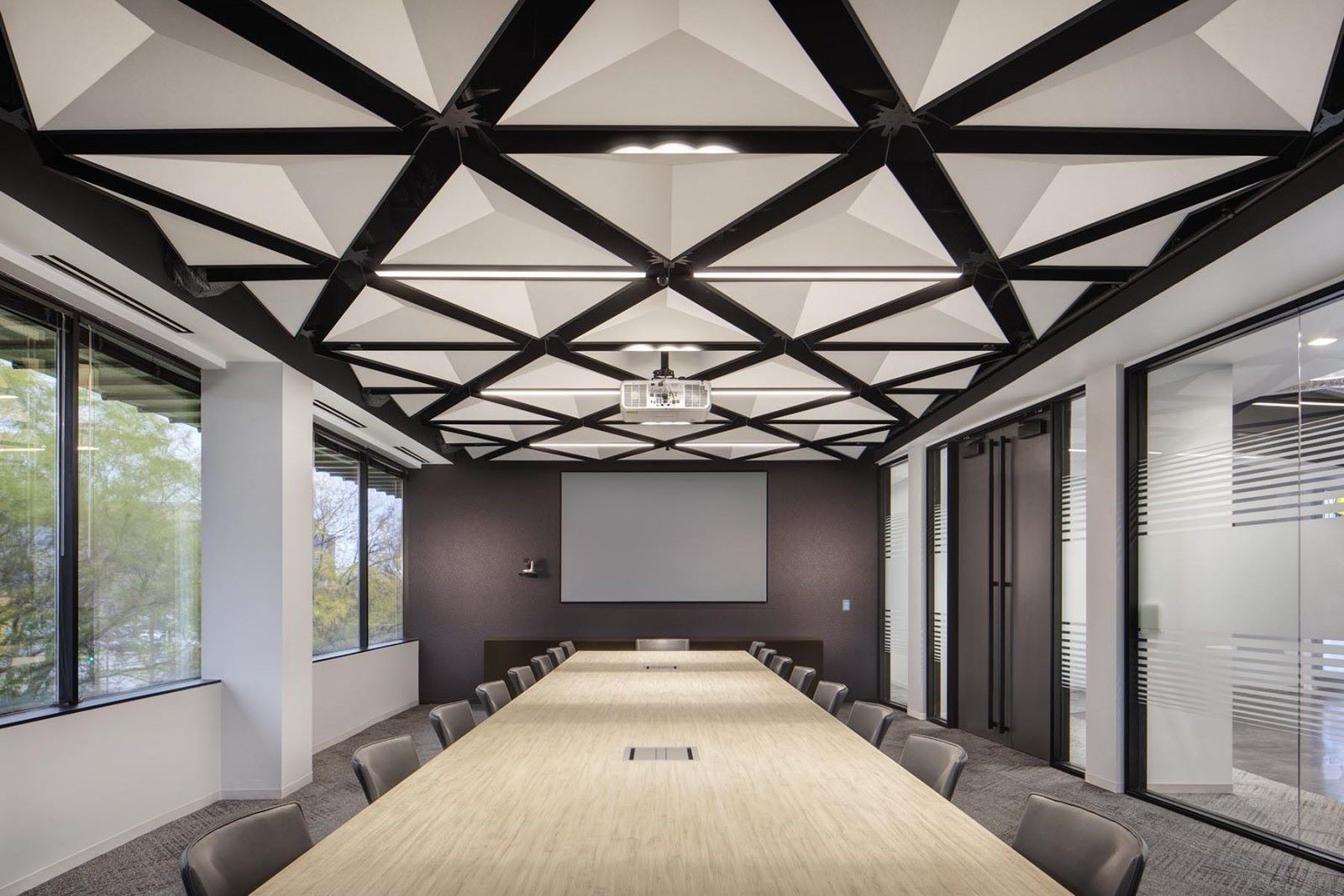
What is acoustic design? It's all about shaping sound to create the best possible listening environment. Whether in a concert hall, recording studio, or even your living room, acoustic design ensures sound waves behave just right. Imagine a space where echoes don't drown out conversations, music sounds crisp, and every note hits just right. That's the magic of acoustic design. It involves using materials, shapes, and structures to control how sound travels and bounces. From the soft hum of a library to the vibrant energy of a theater, acoustic design plays a crucial role in our daily soundscapes. Whether you're a music lover, a movie buff, or just someone who enjoys a quiet space, understanding acoustic design can enhance your auditory experience. Dive into the world of sound and discover how acoustic design shapes the way we hear the world around us.
Key Takeaways:
- Sound behavior in spaces is crucial for places like concert halls and living rooms. Understanding waves, materials, and managing echoes and reverberation are key to creating great acoustic design.
- Even everyday spaces benefit from thoughtful acoustic design, improving communication and comfort. From open offices to home theaters, good acoustics enhance learning and ensure clear and immersive sound.
Understanding Acoustic Design
Acoustic design is all about how sound behaves in a space. It’s crucial for places like concert halls, recording studios, and even your living room. Good acoustic design can make a huge difference in how sound is heard and felt.
-
Sound Waves: Sound travels in waves, and these waves can be absorbed, reflected, or diffused by different materials. Understanding this helps in designing spaces that sound great.
-
Echoes and Reverberation: Echoes are distinct repetitions of sound, while reverberation is a collection of reflected sounds. Managing these is key in acoustic design to ensure clarity.
-
Materials Matter: Soft materials like carpets and curtains absorb sound, while hard surfaces like concrete reflect it. Choosing the right materials can control sound behavior.
Acoustic Design in Everyday Spaces
Even everyday spaces benefit from thoughtful acoustic design. From classrooms to offices, sound management improves communication and comfort.
-
Open Offices: In open office spaces, sound can travel easily, causing distractions. Acoustic panels and strategic layouts help reduce noise.
-
Classrooms: Good acoustics in classrooms enhance learning by making it easier for students to hear and understand teachers.
-
Home Theaters: Acoustic design in home theaters ensures that movie soundtracks are clear and immersive.
The Science Behind Acoustic Design
Acoustic design isn’t just about choosing materials; it involves understanding the science of sound.
-
Frequency: Different sounds have different frequencies. Acoustic design considers these to ensure all sounds are heard clearly.
-
Decibels: Sound is measured in decibels. Acoustic design aims to keep sound levels comfortable and safe.
-
Soundproofing: This involves blocking sound from entering or leaving a space. It’s crucial in places like recording studios.
Innovations in Acoustic Design
Technology and innovation continue to shape acoustic design, making spaces sound better than ever.
-
3D Sound Modeling: This technology allows designers to visualize how sound will behave in a space before it’s built.
-
Smart Materials: New materials can change their properties to absorb or reflect sound as needed.
-
Acoustic Metamaterials: These are engineered to control sound in ways traditional materials can’t, offering new possibilities in design.
Acoustic Design in Architecture
Architects use acoustic design to create buildings that are not only visually stunning but also sound amazing.
-
Concert Halls: These spaces are designed to enhance sound, making performances more enjoyable.
-
Libraries: Acoustic design in libraries ensures a quiet environment for reading and studying.
-
Museums: Sound management in museums helps create an immersive experience without overwhelming visitors.
Challenges in Acoustic Design
Designing for sound isn’t always easy. There are challenges that designers must overcome to create the perfect acoustic environment.
-
Balancing Aesthetics and Acoustics: Sometimes, what looks good doesn’t sound good. Designers must find a balance between visual appeal and sound quality.
-
Budget Constraints: High-quality acoustic materials can be expensive, so designers often have to work within tight budgets.
-
Changing Needs: Spaces may need to serve multiple purposes, requiring flexible acoustic solutions.
-
Environmental Concerns: Sustainable acoustic design considers the environmental impact of materials and construction methods.
Harmonizing Spaces with Sound
Acoustic design isn't just about making things quieter; it's about creating environments where sound enhances experiences. Whether you're in a concert hall, a classroom, or your own living room, the way sound travels can make a huge difference. Materials like acoustic panels and soundproofing techniques help control noise levels and improve sound quality. Architects and designers use these tools to craft spaces that are both functional and pleasant.
Understanding the basics of acoustic design can help you make informed choices, whether you're building a new space or just tweaking an existing one. From reducing echoes to enhancing speech clarity, the right design can transform how you experience sound. So next time you step into a room, take a moment to appreciate the acoustic elements at play. They might just be the unsung heroes of your auditory experience.
Frequently Asked Questions
Was this page helpful?
Our commitment to delivering trustworthy and engaging content is at the heart of what we do. Each fact on our site is contributed by real users like you, bringing a wealth of diverse insights and information. To ensure the highest standards of accuracy and reliability, our dedicated editors meticulously review each submission. This process guarantees that the facts we share are not only fascinating but also credible. Trust in our commitment to quality and authenticity as you explore and learn with us.
